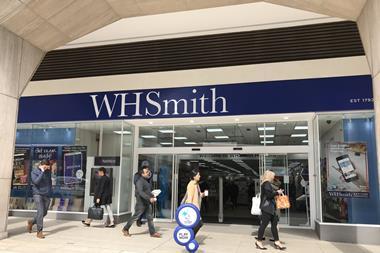Warehousing group Segro reported a surge in pre-tax profits for the first half of the year, driven by the effects of the coronavirus pushing more consumers to ecommerce.
For the six months to June 30, 2020 Segro reported a 6.5% increase in adjusted profit before tax to £140.4m and also saw a 0.7% increase in the overall value of its portfolio to £11.2bn.
During the period the group also raised over £1bn in new equity and debt financing and invested around £631m net on new acquisitions, developments and land purchases.
Segro also reported securing £33.7m of new headline rent for the period, and said that 64% of its new developments had already been pre-leased as of June 30.
Unlike much of the rest of the property sector, Segro also said that rents agreed in reviews and renewals were higher on average than previous years, up 10.4% across the estate, while like-for-like net rental income grew 2%.
Segro said the coronavirus pandemic and lockdown had led “to structural trends that have been contributing to occupier demand for our space over recent years have strengthened as a result of the pandemic”.
Chief executive David Sleath added: “The impacts of the pandemic are accelerating the adoption of technology, particularly ecommerce, across society and have resulted in a renewed focus by many occupiers on the critical importance of efficient, resilient logistics supply chains. These factors play to the quality of our portfolio and should continue to support and enhance occupier and investor demand for our prime warehouses, both in the UK and, increasingly, on the Continent.
“Our existing portfolio has performed well, and our development programme has expanded, with a pipeline of additional near-term pre-let projects which is approximately twice the size of a year ago. This, combined with our well-located land bank, means we are in a strong position to make further progress in the second half of the year and beyond.”
Alongside ecommerce expansion, Segro also noted that the coronavirus had also fostered a “renewed focus on the efficiency and resilience of supply chains,” an increased demand for data and video streaming services.


























No comments yet